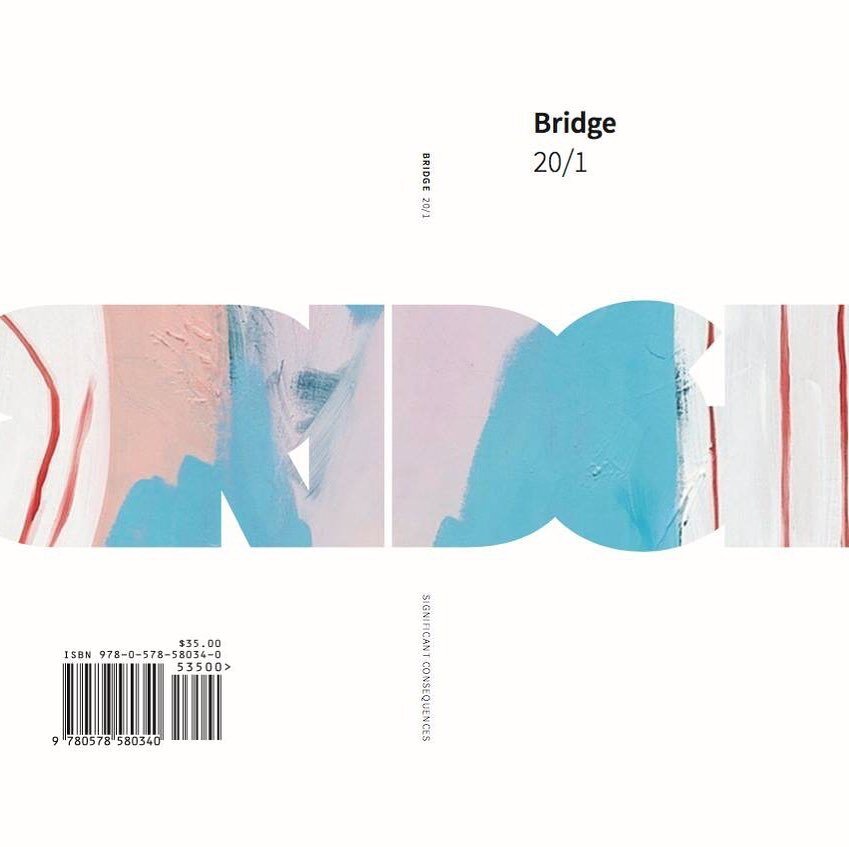REVIEW: Sandra Binion, “the beauty of something ripped” at Alliance Française
Red drape, Archives Nationales, Paris, 2019. Image courtesy the artist.
REVIEW
Sandra Binion, the beauty of something ripped
May 11 - June 18, 2022
Alliance Française
810 N Dearborn St.
Chicago, IL 60610
By Kristin Mariani
There is no evidence of repair in Sandra Binion’s the beauty of something ripped.
Sandra Binion and I have a common sense of touch, grasping the same silk fabric used for a tunic I made for her upcoming project, Rappaccini’s Daughter, as we meet over Zoom to discuss her exhibit, the beauty of something ripped, at Alliance Française. The artist is sick with Covid after the May 11th opening, and this cloth provides a common sense of tactility for us to talk about her work from across the screen.
Sandra Binion’s photos document her close encounters with cloth in her travels as an interdisciplinary artist across Italy, France, and Japan. Her frames allow the viewer to focus their own lens on what has been removed.
There is a tension between what Sandra Binion has unpacked in this exhibit and what belongs in the room. Preparations for this installation involved removing mini-metallic Eiffel Towers, French flags and artificial foliage from the Eleanor Wood Prince Salon at Alliance Française. The removal of this content does not subtract the room’s primary purpose as a meeting place centered on French culture and learning through translation and cultural immersion—investments made between the well-versed and amateur tongue. The salon is a liminal space between two Gold Coast facades bisecting the intersection of Chicago Avenue and Dearborn Street. Both facades serve as entrances and exits. The building is a transection of Chicago’s gilded age, conjoined by contemporary architectural interventions.
Drapery in shreds, Louvre, 2014. Image courtesy the artist.
A large swath of faded, red silk faille is draped behind a doorway. Further along this wall a photograph of a rip which emerged from this cloth hangs — a close read of a tear along the crossgrain of cloth now lost in the folds of its installation. This establishes the viewer’s horizon line between the micro and the macro — the lost cloth and the lost rip.
The word remnant has strong material and etymological associations with loss, and the degeneration of material and language through repetition and usage. Each of Binion’s photos focuses on the sensorial element of touch, surrounding the salon in a presentation of what is perishing. Binion’s lens provides close reads on cloth in multiple forms — as wall covering, plush upholstery, tasseled curtains. Private pillows and ruptured intimacies mingle in this semi-public space. With a focus on fabric as it surrounds art, worship, and bed chambers, her images implicate the people that brushed up against the grains of these cloths in museums, churches and villas. That which is applied to art becomes inextricably tangled with it. Cloth is not so much an accessory to larger creative acts, as the act in and of itself. These representations of ruptures make their way inside by what has rubbed up against it, usefulness becomes useless, futility more immediately graspable. Fabric moves through the world. Sandra Binion captures this movement in this series of cloth still lifes.
There’s some distance between the photos hanging on the walls and the surface of the walls themselves. The interconnectivity in the disarray of what has been removed suspends the space between. Sandra’s remaining thirteen photos hang on three walls opposite the red drape, along a horizon line of metal picture rails. The groupings of photos form their own alliances, with Italy and Japan sharing pictorial borders with France in the sequence. Each cloth infuses itself into the next frame despite the implication of a selvage edge outside of its representational border.
Prayer cushion, Tuscany, 2011. Image courtesy the artist.
Like a dress on a body, the cloth in Binion’s photos sometimes drapes from top to bottom, sometimes pulls taut horizontally—tears in concert with a body’s refrains.
Bodies are present through what is absent. The erosion in these fabrics indicate sensorial and geographical presence. While the woven structures in the fourteen photos align with Chicago’s gridded streets and avenues surrounding the salon, the site of erosion in the photographs reveals the grids of otherworldly ruptures. There’s an expanding gap between these ruptures of the past and an indeterminate future. Grains of cloth shift in everyday movement and cross continental travel. The rip is no longer present. The continent of cloth is spliced, interrupted, redivided and conjoined.
There’s a sense in the installation of how easily these photos will be removed with no identifiable trace on the wall. The blue velvet upholstery on the salon chairs surrounding the exhibit are also intact, with little evidence of patron use, void of physical presence. At a certain moment in walking through the exhibit there’s no one else in the salon with me. The photos bring tactility to the austerity of the room. Physical presence is amplified. These erosions in cloth connect to Sandra’s next creative pursuit, which is a large scale cloth projection. Sandra’s projects weave and intersect with each other in this way; these remnants lend themselves to endless material and etymological associations with loss, and the degeneration of material and language through repetition and use. There is a continuum in the chains of time between a body and cloth.
Kristin Mariani is the Bridge Journal Couture Editor.
Like what you’re reading? Consider donating a few dollars to our writer’s fund and help us keep publishing every Monday.




